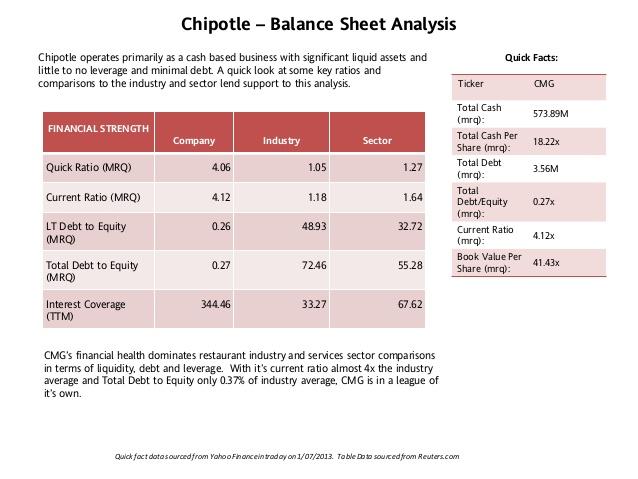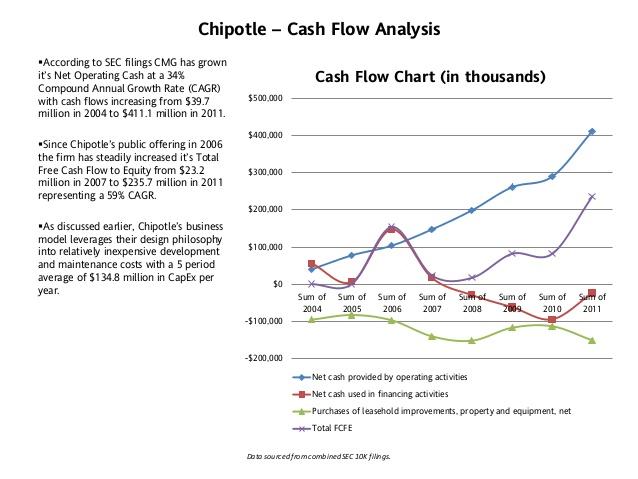Management Problems and Challenges
The main problem that the management of Chipotle Mexican Grill faces is the stiff competition from emerging and existing companies. To deal with the stiff competition, the company has strategically made high-quality fast food with fresh ingredients. These products are offered at relatively low prices. The management believes much in the advertisement as its strategic marketing option. Even though the approach has earned the company a huge market share in the fast-food industry, it has also increased the costs of operations.
The use of fresh ingredients and the objective of eliminating unhealthy contents to produce affordable high-quality fast food have helped the Chipotle Mexican Grill to gain huge market share nationally and internationally. The management is reluctant to change the founder’s philosophy. The emergence of other creative companies with new strategies could cause the downfall of the company.
Strategic Analysis
Five Forces model
In terms of rivalry in the market, the competition is based on pricing. To counter this strategy, Chipotle uses food quality, location, stylish presentation, and provision of quick services. The barriers to new entries in the industry are very low and this increases the number of competitors. Chipotle competes with firms that produce food to meet the specific demands of customers. In terms of buyers’ power, the number of consumers coming to Chipotle increases.
Strategic Group Map
In terms of the strategic group map, the company has almost a similar business model with MacDonald’s and other big players in the industry.
PESTEL Analysis
There is nothing much about political factors influencing the operations of Chipotle apart from the FDA regulations in the food industry. The company upholds integrity by adhering to these regulations. Economic changes have significant effects on the fast-food industry in terms of profitability. The company makes food that meets local socio-cultural demands. Chipotle does not rely on technology since it provides face-to-face customer services. The company is environmentally friendly. FDA regulations might control its supply of food.
VRIN Framework
The VRIN framework assesses the valuableness, rarity, imitability, and non-substitutability of resources used. The value of ingredients used by Chipotle is of high- quality. The rarity of the ingredients makes their food special. The manner in which Chipotle makes their food and provide customer services is difficult to imitate by competitors. Their food products do not have direct substitutes.
Mission, Vision and Core Values
The mission, vision, and core values of Chipotle are based on the provision of food with high standards of integrity as a way of changing the perception of people about fast food. The company’s core values and principles include the idea of sticking to a simple menu and using skilled employees who can easily interact with customers.
SWOT Analysis
The strength of Chipotle relies on its rapid growth, financial strength, high-quality ingredients, and dependence on the U.S. market. The main weakness is the lack of modern technology applications. The company’s opportunities rely on the expansion of the store and the new category of the ingredients. Possible threats include additional food safety regulations and stiff competition in major markets.
Generic Strategy
The company strives to make high-quality and affordable fast food with the aim of providing quick services.
Financial Analysis
Financial Statement Analysis
Total revenues for the company have been steadily improving. Costs such as labor, occupancy, operations, and other costs have been reducing at a smaller margin. On the other hand, depreciation and amortization have been increasing.
Ratio Analysis
Financial ratios as at December 2015 are as follows
- Gross margin = 18.58
- Operating margin = 8.22
- EBT Margin = 8.37
- Return on equity = 11.34
Figures


Recommendations
Chipotle can increase its market share and customer service strategies by adopting modern technologies in its business operations. New technology will attract more customers online.